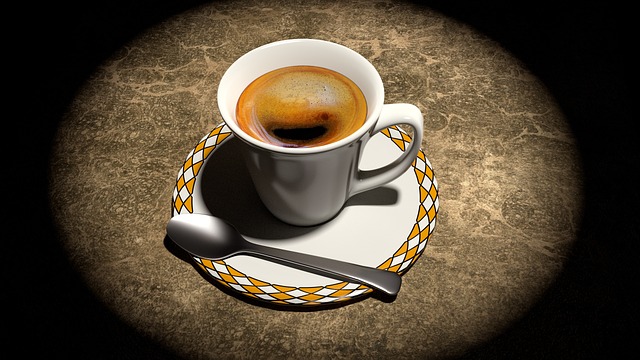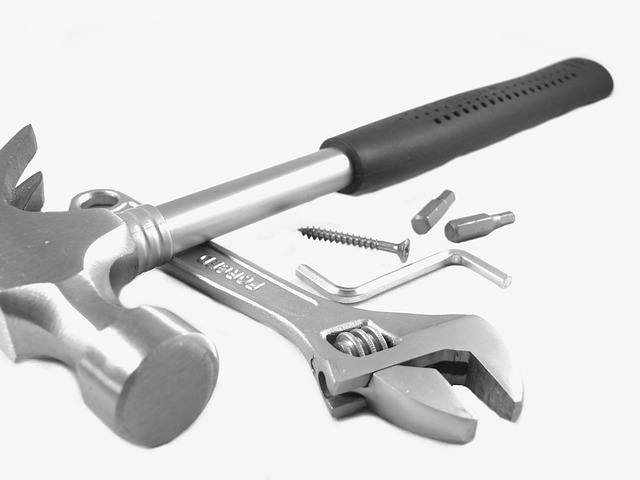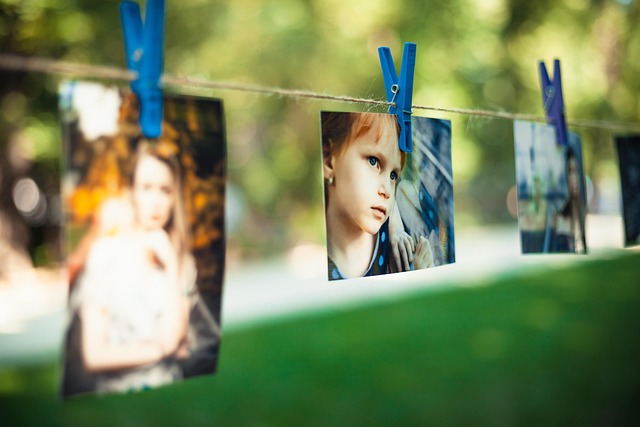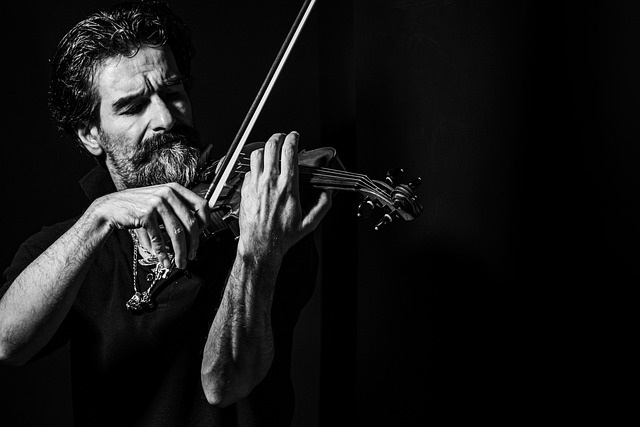The intersection of digital sculpting tools and the traditional realm of fine arts photography has opened a new frontier for visual storytelling. Artists who once relied solely on film and chemical processes now find that a powerful 3‑D program can augment, inspire, and even replace certain aspects of composition. By integrating a versatile software known for its open‑source philosophy, creators can sculpt light, texture, and form in ways that were once confined to the lab. The result is a richer dialogue between the physical and virtual worlds, and an evolving definition of what it means to be a photographer in the 21st century.
From Camera to Canvas: The Evolution of Visual Language
Historically, photography began as a mechanical act: a lens, a chemical emulsion, and a moment of exposure. As the medium matured, photographers explored composition, tonality, and narrative. With the digital age, image editing software democratized retouching, while still keeping the camera as the primary capture device. Today, however, the lines are blurring. Artists can now use a 3‑D environment to pre‑visualize scenes, model intricate elements, and render photorealistic textures that are later incorporated into photographic compositions. This shift mirrors the broader trend in fine arts, where mixed media and interdisciplinary techniques are increasingly valued.
- Conceptual staging: designing scenes before the camera visits.
- Texture synthesis: creating complex surfaces without physical samples.
- Lighting simulation: testing exposure in a virtual space.
Case Study: Architectural Portraiture Reimagined
Consider the work of a photographer who seeks to capture the austere beauty of a historic cathedral. By first modeling the interior in a 3‑D program, the artist can experiment with light angles, shadow play, and focal depth. Once satisfied, a high‑resolution render can be used as a backdrop or reference when setting up the actual shoot. This method reduces on‑site time, allows for precise control over environmental variables, and introduces a layer of creative freedom that would be impossible with a static lens alone.
“The digital mock‑up became the blueprint for the final image,” says the photographer, noting how the process enabled a seamless blend of reality and fabrication.
Tools of the Trade: Why the Open‑Source Choice Matters
In the realm of digital creation, a particular program stands out for its commitment to accessibility and community-driven development. Its free licensing model removes financial barriers, allowing emerging artists and educators to experiment without the cost of proprietary software. Moreover, the platform’s robust plugin ecosystem offers extensions that tailor rendering, sculpting, and material creation to the needs of fine arts practitioners. This openness fosters collaboration, as users share custom scripts, textures, and workflow solutions across the global community.
- Community tutorials and forums: rapid learning curves for novices.
- Modular architecture: integrate only the features that serve a specific project.
- Regular updates: new rendering engines and GPU acceleration improve realism.
Workflow Integration: From Sketch to Exposure
The practical workflow often begins with a rough sketch or concept board. Using the 3‑D program, the artist constructs a simplified model that captures the geometry of the scene. Light sources are placed to mimic real-world conditions, and a preliminary render gives a sense of how the image will ultimately appear. Once the virtual composition feels complete, the photographer translates this plan into a physical setup: arranging props, positioning the camera, and controlling lighting rigs. During the shoot, the photographer references the rendered image to ensure consistency, making subtle adjustments in real time.
Materiality and Texture: Digital Fabrication Meets Photographic Realism
One of the most compelling aspects of blending digital modeling with photography is the ability to generate intricate textures that would be otherwise impractical to capture. Artists can sculpt fine details—such as the weave of a fabric, the ridges of bark, or the patina of metal—within the software, then export these textures as high‑resolution images. When applied to a photograph, these elements add depth and authenticity, creating a hybrid that feels both tangible and imagined.
- Procedural textures: scalable patterns that adapt to changing dimensions.
- High‑dynamic‑range (HDR) maps: control over specular highlights and shadows.
- Layered material stacks: combine multiple textures for complex surfaces.
Capturing Light: The Art of Virtual and Real Illumination
Lighting is the heartbeat of photography. By experimenting with virtual lights—directional, point, and volumetric—artists gain a predictive understanding of how light interacts with a scene before physically setting it up. This knowledge translates into more efficient on‑site adjustments, reducing the trial‑and‑error cycle that often consumes valuable studio hours. Additionally, the ability to render scenes with varying color temperatures and intensity allows photographers to test mood and atmosphere, ensuring that the final image aligns with their artistic vision.
Post‑Processing Synergy: Merging Rendered Elements with Live Capture
After the shoot, photographers often turn to image editors for color grading, retouching, and compositing. When the workflow includes a 3‑D render, the editor can integrate virtual elements directly into the photograph. For example, a digital sky rendered with swirling clouds can be composited over a real landscape to achieve a dramatic effect. The synergy between rendered assets and captured frames expands the creative palette, allowing for compositions that would be difficult or impossible to realize purely through on‑location shooting.
Ethical Considerations: Authenticity in a Mixed Reality World
With the blurring boundaries between real and virtual, questions of authenticity arise. Some purists argue that the use of digital fabrication dilutes the essence of photography as an honest documentation of reality. Others embrace the medium’s evolution, viewing the blend of techniques as an honest reflection of contemporary visual culture. Transparent documentation of the creative process—specifying which elements were rendered, which were captured—can help navigate this ethical terrain. Ultimately, the conversation centers on the artist’s intent and the audience’s perception.
Educational Implications: Teaching Photography in a Digital Age
Art schools and community programs are adapting curricula to incorporate digital tools alongside traditional practices. By introducing students to the concept of modeling scenes before shooting, educators foster a holistic understanding of composition, lighting, and materiality. Students learn that the camera is a powerful instrument, but that its potential can be amplified through thoughtful pre‑visualization. Workshops often pair hands‑on camera work with guided tutorials in the 3‑D platform, creating a balanced learning experience that values both craft and technology.
Future Horizons: Artificial Intelligence and Procedural Generation
Looking ahead, the integration of machine learning with 3‑D modeling promises to streamline even more aspects of photographic creation. Algorithms can suggest lighting setups, generate realistic textures from textual descriptions, or automatically adjust camera parameters to match a virtual scene’s lighting conditions. These advances will likely reduce the barrier to entry for artists, enabling more experimental and ambitious projects. Yet, the core principles of composition, narrative, and emotional resonance will remain essential, regardless of technological augmentation.




